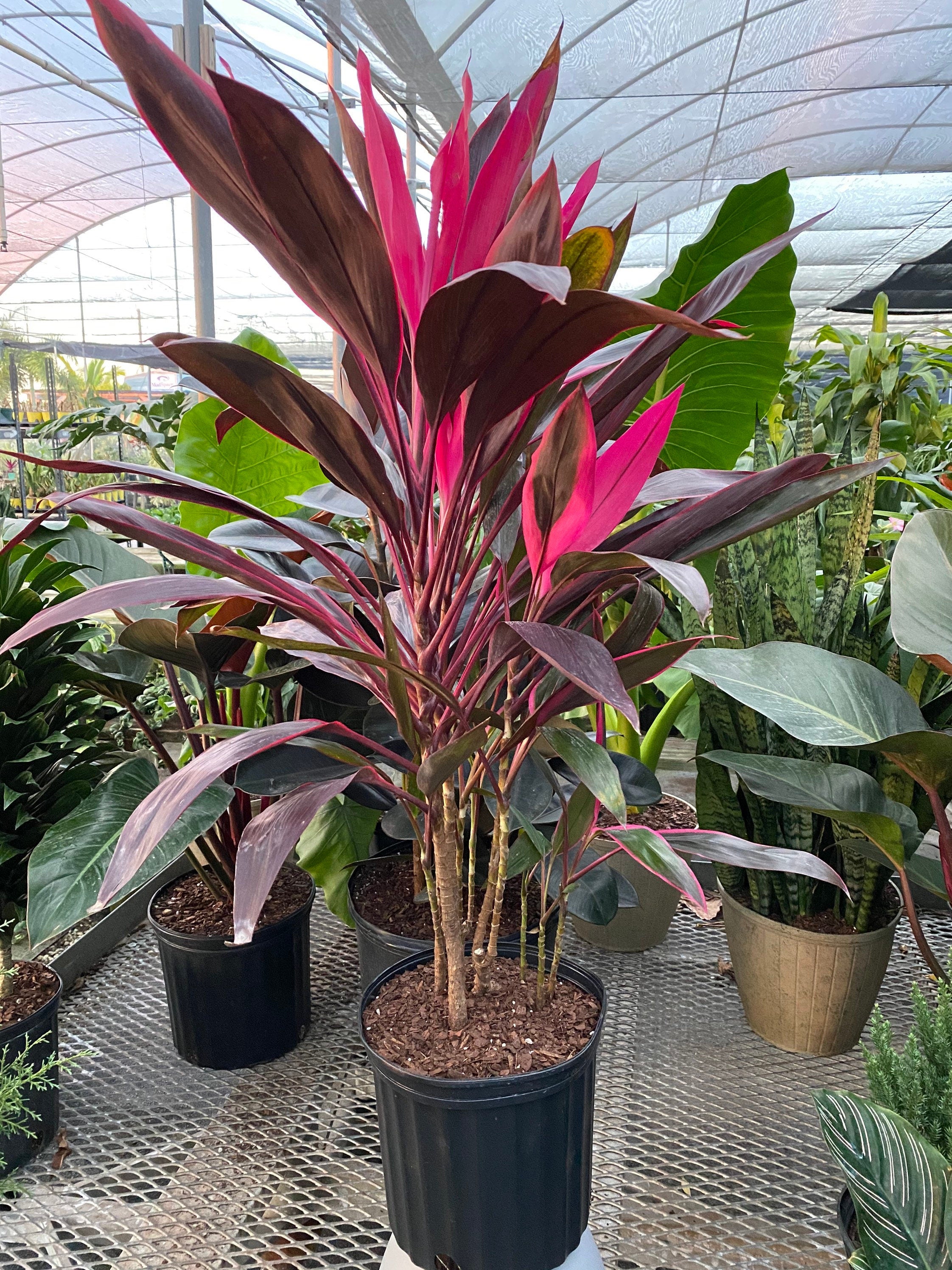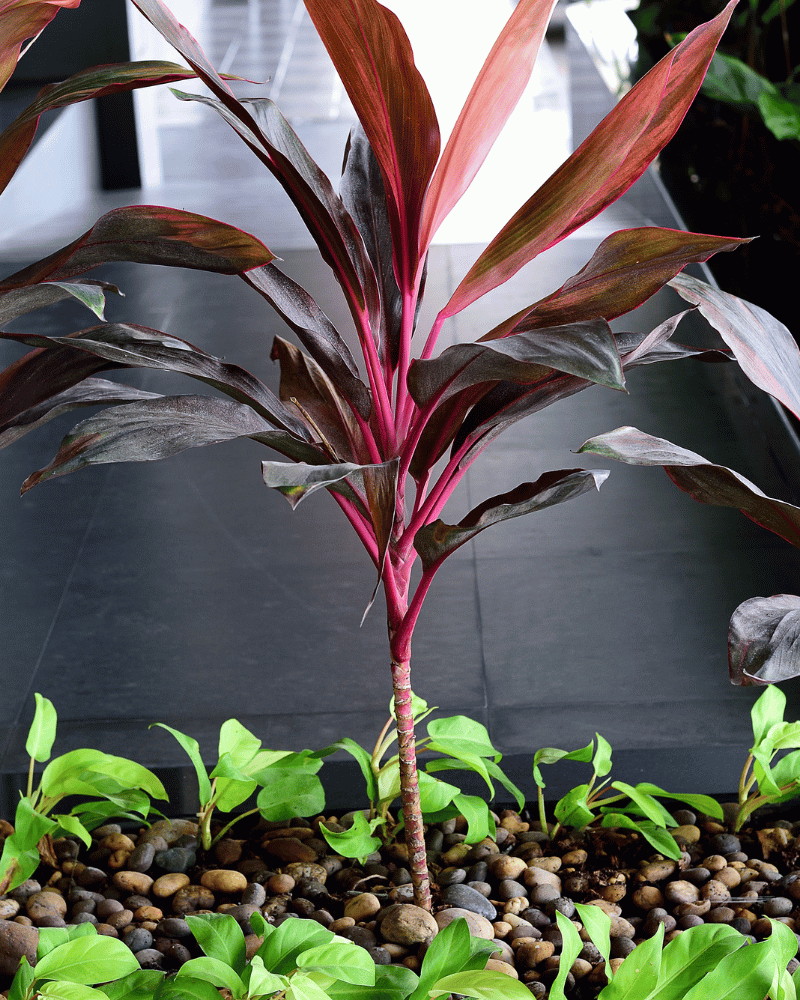Cordyline: A VersaTile Houseplant
Cordyline is a popular houseplant known for its striking foliage. With its unique shapes, textures, and vibrant colors, it can add a touch of elegance to any indoor space.
Types of Cordyline
There are many different types of Cordyline, each with its own distinct characteristics. Some of the most popular varieties include:
Cordyline Australis: This large, Tree-like plant has long, sword-shaped leaves that are often green or reddish-purple.

Caring for Cordyline
Cordyline is relatively easy to care for, but it does have a few specific needs. Here are some tips for keeping your Cordyline healthy:
Light: Cordyline prefers bright, indirect light. Avoid placing it in direct sunlight, as this can burn the leaves.
Cordyline in Interior Design
Cordyline can be used in a variety of interior design styles. Its bold foliage can add a pop of color to a neutral room or create a focal point in a minimalist space. Here are a few ideas for using Cordyline in your home:

Living room: Place a large Cordyline in a Corner of your living room to create a dramatic focal point.
Conclusion
Cordyline is a beautiful and versatile houseplant that can add a touch of elegance to any indoor space. With proper care, this plant can thrive for many years.
FAQs
1. Can Cordyline be grown Outdoors? Yes, Cordyline can be grown outdoors in warm climates. However, it is best to bring it Indoors during the winter months.
2. How often should I repot my Cordyline? Repot your Cordyline every two to three years to provide it with fresh soil and more room to grow.
3. Can Cordyline be propagated? Yes, Cordyline can be propagated from cuttings. Simply take a stem cutting and plant it in a pot of moist soil.
4. What pests and diseases can affect Cordyline? Cordyline can be susceptible to mealybugs, scale insects, and root rot.
5. Is Cordyline toxic to pets? Yes, Cordyline is toxic to cats and dogs. If you have pets, be sure to keep it out of reach.





:max_bytes(150000):strip_icc()/GettyImages-519977770-5a9646281d640400377d6322.jpg?w=200&resize=200,112&ssl=1)

